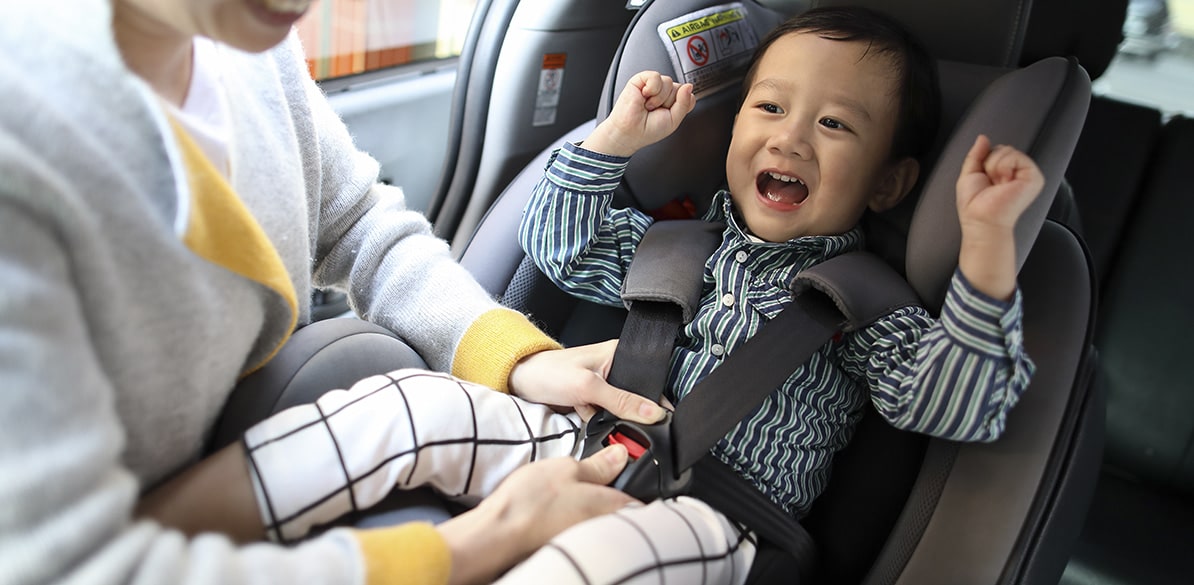Neck injuries. When do they occur? How can they be avoided?
Here’s why it’s safer for children to travel facing backwards

Road Safety
Why should babies and toddlers travel facing the rear of the vehicle? This question, which seems very current, was actually answered in the 1960s.
Back then, Bertil Aldman, a doctor from Chambers University in Sweden, already suspected that the safest way to travel was facing backwards. Aldman noticed that the astronauts of the Gemini project, the predecessor of the Apollo project that took man to the moon, withstood the deceleration during re-entry into the atmosphere by facing to the rear.
If the best way for an adult to withstand the deceleration was to be facing the opposite way to the direction of travel, when it would be more natural in a spacecraft for astronauts to face forwards, then it made no sense for a baby to face forwards, as the intensity of the stresses caused by a traffic collision is much greater than the intensity that an astronaut receives on re-entry.
Based on this principle, he designed the first rear-facing child restraint system.
A question of weight and something else…
In an adult, the ratio of the weight of the head to the weight of the body is about 6%, while in an infant it is 25%.
If we add to this the fact that a baby’s neck muscles are not yet well developed and that the ossification of the spinal column does not take place until the age of 30 months, then we have the perfect situation for neck injuries.
If we were to place a baby facing forwards, the forces caused by the acceleration in the event of a collision would cause serious injuries, precisely because of the above-mentioned factors.
For this reason, the most decisive factor in preventing neck injuries is the direction the child or infant travels in.
In forward-facing child restraint systems, the child is restrained by the harness, which secures their chest and pelvis, but leaves their limbs and head free. In the event of a collision, the child’s neck bears most of the stress caused by the forward movement of the head, which, as we have said, is proportionally greater in a baby than in an adult. In contrast, in rearward-facing child restraints, the movement of the head is supported by the backrest, meaning the stresses on the neck are minimized and there is an 80% reduction in the loads on the neck.
Consequently, neck injuries occur mainly in collisions involving forward-facing car seats, and the best way to avoid them is to use rear-facing child restraints as much as possible for as long as possible.
